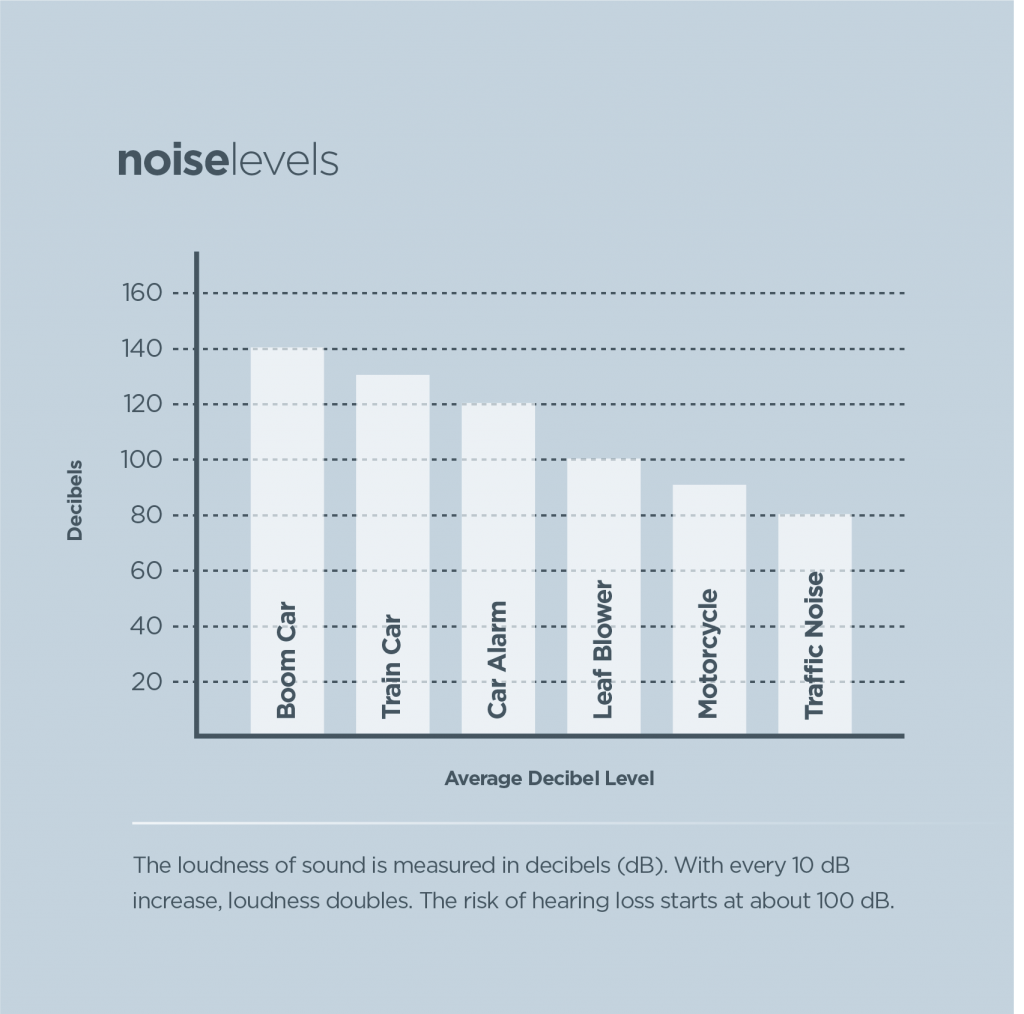Ideal Stress Cleaning Methods For Different Kinds Of Surface Areas
Ideal Stress Cleaning Methods For Different Kinds Of Surface Areas
Blog Article
Write-Up Created By-Vazquez Markussen
When it concerns pressure washing, the method you pick can make all the distinction in achieving a tidy, streak-free coating. You could locate that hard surfaces, like concrete, call for a various technique than softer products, such as timber or plastic. It's important to adjust your methods to the surface area kind to prevent damage while maximizing cleaning effectiveness. So, what are click here now for each surface, and how can you ensure you're utilizing the right setups and devices for the task? Allow's discover what you need to recognize to get the best outcomes.
Difficult Surface areas
When it pertains to pressure washing tough surfaces, preparation is crucial. Prior to you even consider taking out the pressure washing machine, take the time to clear the location of any type of debris, furniture, or obstacles. You don't want anything entering your means or possibly destructive your devices.
Next, inspect the surface for any fractures or damages; this will aid you identify the best method and pressure settings.
Once you've prepared the area, it's essential to pick the ideal nozzle. For hard surface areas like concrete or block, a narrow nozzle (15 or 25 degrees) works best to give a focused stream of water that can successfully get rid of grime and spots. Constantly begin at a distance and slowly relocate closer to stay clear of any kind of surface area damages.
As you start cleaning, keep the wand transferring to stop streaks and over-saturation. It's also useful to function from the top down, allowing dust and particles to get rid of naturally.
Ultimately, bear in mind to wash the surface area thoroughly after cleaning to eliminate any type of remaining detergent. With best car window cleaner , you'll attain a clean and rejuvenated appearance on all your tough surfaces.
Soft Surfaces
Stress washing soft surface areas calls for a gentler technique to safeguard them from damages. Whether you're cleaning your deck, patio area furniture, or exterior siding, utilizing excessive stress can lead to damages, scrapes, and even irreversible injury.
Beginning by picking a low-pressure nozzle, ideally a 25-degree or wider spray pattern, to spread the water more carefully.
Before you start, it's essential to pre-treat any type of stains with a suitable cleaning solution. This action enables the cleaner to penetrate the dust and crud, making it simpler to wash away without rubbing as well hard.
Always use the remedy from all-time low up to prevent streaking.
When you begin pressure cleaning, keep a distance of at least 12 to 18 inches from the surface. Move your wand in a sweeping motion, maintaining it parallel to the surface area to stay clear of concentrated pressure on one area.
Rinse the area extensively after cleaning to remove any kind of residual cleanser.
Last but not least, inspect the surface area for any type of missed places and repeat the process if required. By following these steps, you can efficiently tidy soft surface areas while protecting their honesty and look.
Specialized Surfaces
Cleansing soft surfaces needs treatment, yet specialized surfaces demand a lot more focus to information. When you deal with these surfaces, like delicate wood, tarnished concrete, or certain sorts of siding, utilizing the ideal pressure washing strategies is vital to prevent damage.
First, assess the product. For instance, treated wood can often hold up against moderate pressure, but softer timbers like cedar might call for a lower setup. Always begin with the most affordable stress and progressively raise if necessary.
For discolored concrete, use a fan spray nozzle and maintain a constant range to avoid etching the surface area.
When taking care of surface areas like plastic home siding or repainted surface areas, a vast spray pattern aids disperse the stress equally, securing the coating.
It's also a good idea to utilize cleaning agents specifically developed for specialty surface areas. They can boost cleaning without jeopardizing the product.
Wash extensively after washing to get rid of any kind of deposit, as it can lead to discoloration or degeneration over time.
Verdict
Finally, grasping stress cleaning techniques for different surfaces can make all the distinction in your cleansing results. For hard surface areas, stick to narrow nozzles and a top-to-bottom approach, while soft surface areas require a gentler touch with broader nozzles. Don't fail to remember to pre-treat spots and rinse completely to stay clear of deposit. By adjusting your methods to each material, you'll not only achieve a cleaner finish however likewise safeguard the stability of your surface areas. Pleased cleaning!
